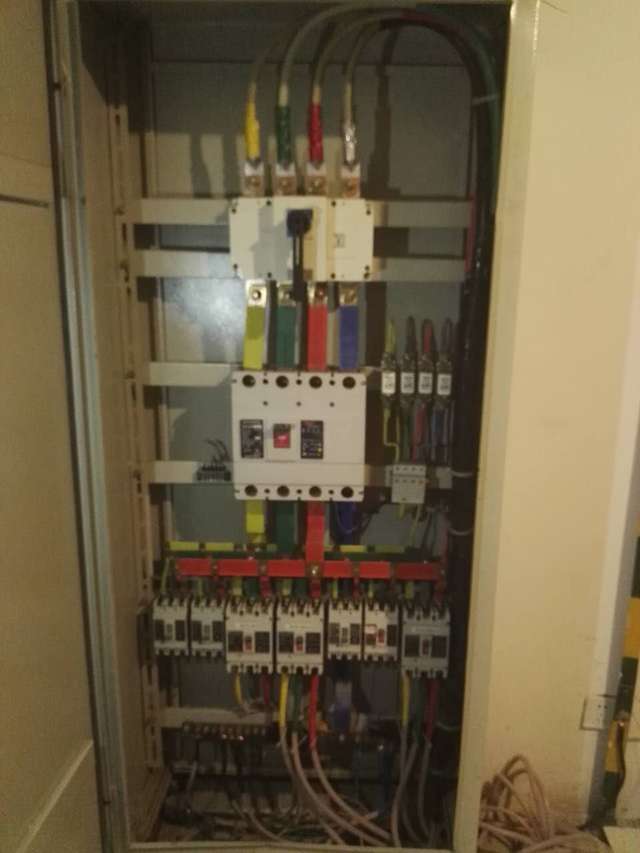Integrating Cross Locks into Electrical Cabinet Handles: A Robust Security Measure

In the era of advanced technology, electrical cabinets house critical systems and data, making their security paramount. One overlooked yet significant aspect is the protection of cabinet handles themselves from unauthorized access. This is where integrating cross locks into cabinet handles comes into play as a secure solution.
Cross locks, a mechanical locking mechanism, provide an extra layer of security by requiring a unique key to open or close. Traditionally, cabinet handles have relied on simple twist-and-turn mechanisms, leaving them vulnerable to tampering or picking. By replacing these with cross-locking designs, we can significantly enhance the overall safety of these cabinets.
The integration process involves installing a locking cylinder within the handle, which accepts a key that aligns with specific pins or tumblers. This ensures that only authorized personnel with the correct key can operate the handle, preventing accidental or intentional misuse. The design is not only secure but also user-friendly, as it can be easily integrated into existing cabinet handles without causing any structural modifications.
Moreover, cross locks offer additional benefits such as audit trails and access control. Each key corresponds to a specific user, allowing for monitoring and tracking who has accessed the cabinet. This is particularly useful in industries like healthcare, finance, or government agencies, where strict data privacy regulations apply.
Installation of cross locks in electrical cabinet handles also reduces the risk of theft or sabotage. In situations where cabinets are stored remotely or in high-security areas, these locks provide a physical barrier that thieves cannot bypass easily. They serve as an effective deterrent, promoting a culture of safety and responsibility.
In conclusion, integrating cross locks into electrical cabinet handles represents a smart and practical approach to enhancing security. It transforms a seemingly mundane component into a powerful tool, safeguarding sensitive equipment and information against unauthorized access. As technology evolves, so should our methods of securing critical assets, and this innovative solution certainly meets that challenge head-on.